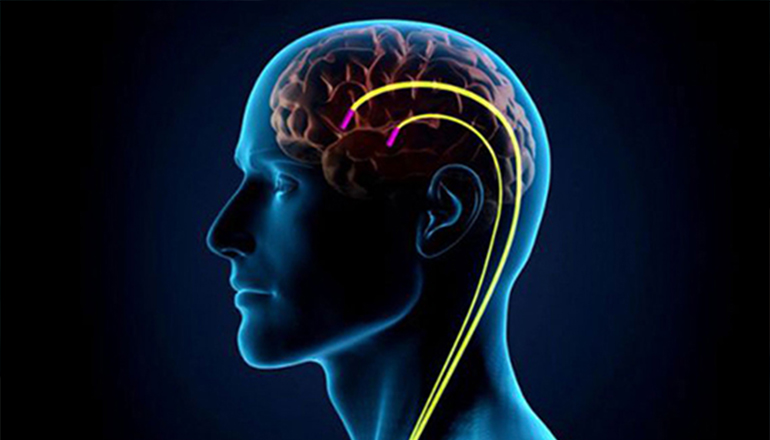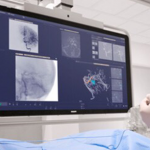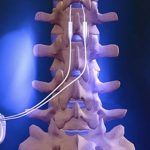What is a Brain Battery?
A brain battery is surgery to implant a device that sends electrical signals to areas of the brain responsible for body movement. Electrodes are placed deep in the brain and connected to a stimulating device. Similar to a pacemaker, a neurostimulator uses electrical pulses to regulate brain activity. A brain battery can help reduce the symptoms of tremor, slowness, stiffness and walking problems caused by Parkinson’s disease, dystonia, epilepsy, essential tremor (tremor). Successful pacing therapy allows people to potentially reduce their medication and improve their quality of life.
With brain pacing therapy, electrodes are placed in a specific area of the brain depending on the symptoms. Electrodes are placed on both the left and right sides of the brain through small holes drilled in the upper part of the skull. The electrodes are connected to a battery-operated stimulator under the skin of the chest with long wires that run subcutaneously and down the neck. When the stimulant is turned on, it sends electrical pulses to block faulty nerve signals that cause tremors, stiffness, and other symptoms.
In Which Diseases Is the Brain Battery Used?
Diseases treated using a brain pacemaker are:
• Parkinson’s
• Dystonia
• Essential Tremor (Essential Tremor)
• Obsessive Compulsive Disorder
• Epilepsy
Who Is Brain Battery Surgery Suitable For?
It can be applied to anyone who will benefit significantly from the treatment and who can undergo the surgery with minimal risk. A pacing is a surgical option known to improve quality of life for patients with movement disorders, so when a person’s quality of life is significantly impacted by the disease or side effects of medications, it’s time to consider pacing therapy.
Before being considered a candidate for pacing surgery, patients must undergo a thorough evaluation process. Ideally, a multidisciplinary team of specialists, including a neurologist, neurosurgeon, neuropsychologist, and psychiatrist, will evaluate the patient. If patients are well managed with medications, pacemaker therapy is not considered. Candidates to be treated with pacing are usually patients who meet the following criteria:
• If the symptoms are not well controlled despite taking the appropriate dose of medication
• If symptoms significantly reduce a patient’s quality of life
• If the side effects of existing drugs cannot be tolerated
Before Surgery
The patient is evaluated with a multidisciplinary team, including a neurologist, neurosurgeon, neuropsychologist. Some tests may be requested before surgery, these are:
• Blood and urine tests: This helps identify toxins and abnormalities.
• MRI and/or CT scans: Imaging can help doctors target the correct area of the brain for symptom relief.
Conclusion
Pacemaker surgery will not cure your disease, but it may help reduce your symptoms. If the pacemaker treatment works, your symptoms will improve significantly, but they usually don’t go away completely.
Brain battery therapy is not successful for everyone. There are a number of variables that play a role in the success of brain pacemaker treatment. It is important to talk to your doctor before surgery about what kind of improvement you can expect for your condition.
The Brain Battery method has been approved for the treatment of movement disorders since the 1990s. Numerous studies have proven the superiority of this surgery over medical treatment alone. Neurosurgery is very safe and recent advances in device technology have also improved patient outcomes.





